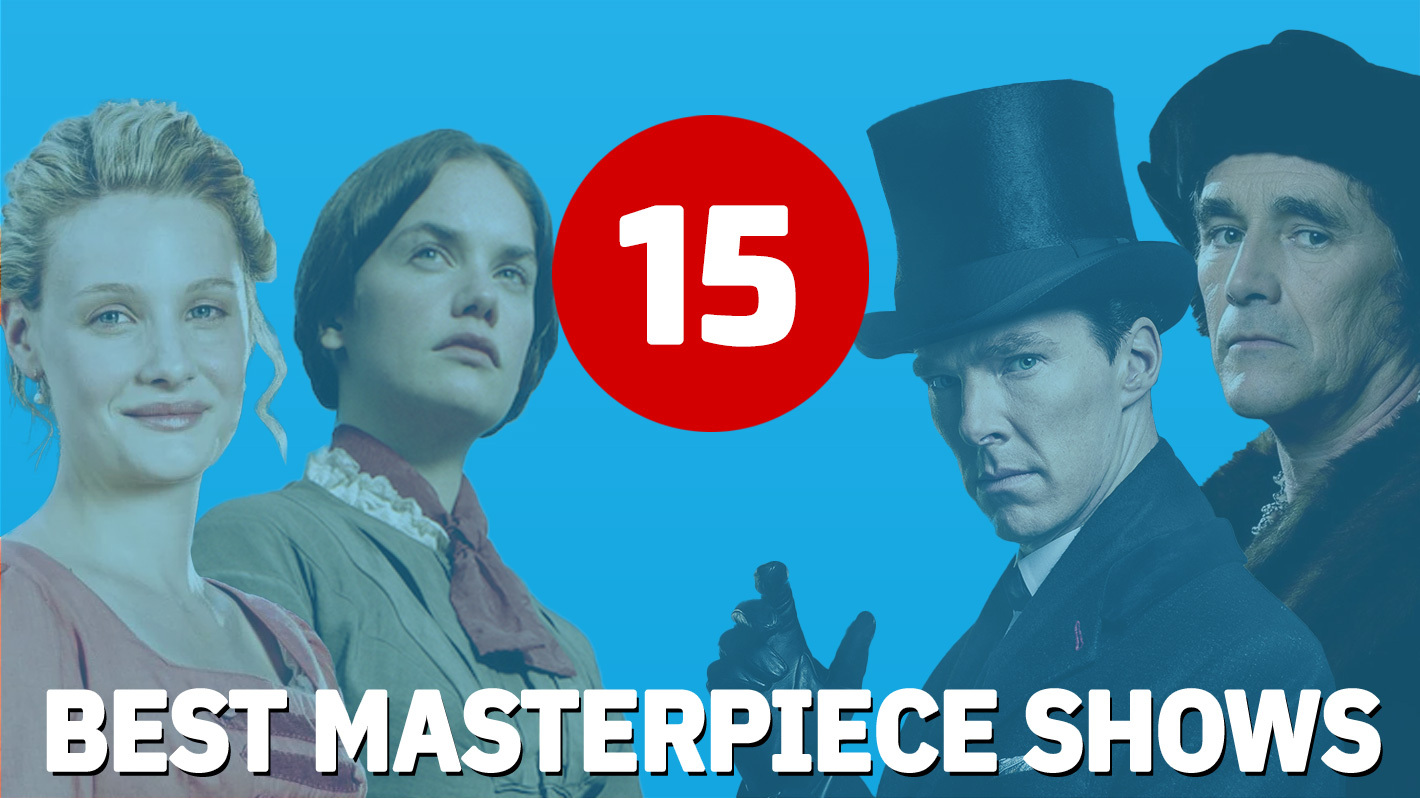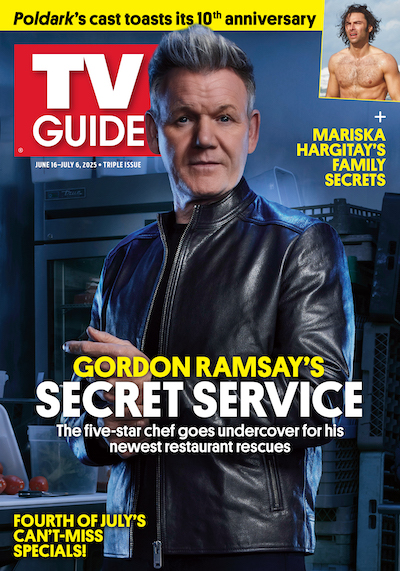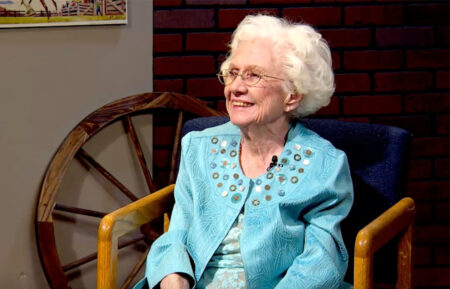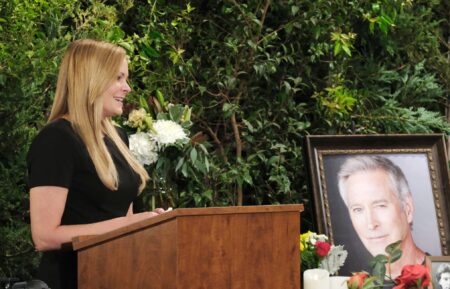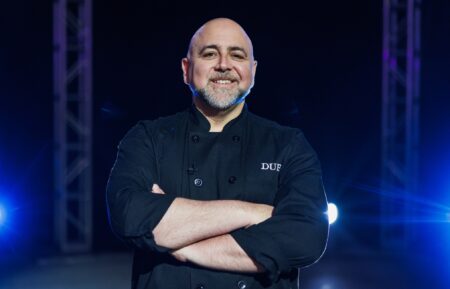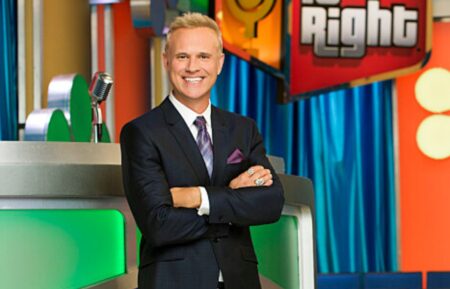‘Space: The Longest Goodbye’ Shows Loneliness Is Biggest Challenge for Manned Mars Mission
There are a lot of critical details for the American space program to work out before a manned mission to Mars can possibly occur, from perfecting the science to organizing logistics to securing finances and more. The element PBS‘s newest documentary sheds an extraordinary new light on is the human condition factor — chiefly, how to safely separate a person from everyone and everything they love for the years upon years it’ll take to complete the mission.
In Space: The Longest Goodbye, directed by Ido Mizrahy and premiering on PBS tonight, May 6, at 10/9c, it’s clear that NASA has to do much more than just crunch numbers to make any Mars adventure a reality. The documentary features testimonials from former and current astronauts as well as the agency’s resident psychologist, Dr. Al Holland, who is charged with finding a solution for keeping astronauts sane and productive while on such an extended voyage — particularly when communications with their loved ones back home will be strained to non-existent. According to estimates, a manned Mars trip would take three years, and much of the time the crew would be cut off from communicating with family back home.
Former International Space Station astronaut Cady Coleman is a centerpiece of the film and offers compelling testimonial and video evidence that such an extended absence from home is difficult for astronauts and their families. Throwback footage of her time in space shows that, despite her efforts to connect with her then-10-year-old by reading their favorite stories over video chat, both were deeply emotionally affected by the distance.
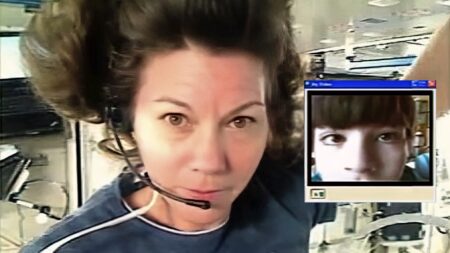
PBS
Coleman told TV Insider that queries about how she managed to be an active mother and a space traveler tended to happen more to women than her male colleagues — but she also noted that the men she worked with on the space station were just as invested in finding ways to stay close to their children: “They tend not to ask the guys about that, and it’s a real injustice to them as well. In fact, I learned so many of my coping mechanisms from my guy crewmates,” Coleman said.
“One of the things that drew me to working [on this film is] I commuted for 26 years between Houston and Massachusetts, so figuring out how to have a relationship when you couldn’t always be together … I really looked all the time for solutions. ‘How can I make this better? How can I make it maybe even better than it would be if we were always together all the time?'” Coleman told TV Insider about her experience and decision to participate with so much candid footage of her family. “It’s important to be looking for solutions for how do we keep the humans in human spaceflight human? And so I really love that [Mizrahy is] gonna bring this issue to everybody’s attention and highlight some of the solutions we’re thinking about for the future.”
Some official proposals showcased in the film might look familiar to science-fiction fans. For example, Simon, a robotic assistant made with IBM’s Watson technology, instantly reminds audiences of 2001: A Space Odyssey of the dangerous AI mainframe Hal (plus, the concept of hibernation or stasis is sure to send a shiver down spines of that film’s fans). More modern audiences who might’ve checked out Black Mirror‘s “Beyond the Sea” might also get chills seeing virtual reality experiences brought into play. Even the attempt to create an isolation simulation echoes the farcical effort satirized in the short-lived comedy Space Force. The impact of those negative depictions can even impact the probability of their success if the space cadets are alarmed by such devices at the outset.
“The PR machine for IBM had to be super careful when they started working on Simon for the space agency, to make sure as much as possible that the shape of a Simon does not resemble Hal, doesn’t feel like Hal, like they’re sending a sort of evil AI brain to take over the spaceship … It’s really tricky, like, how do you make a shape that’s friendly and will never feel creepy?” Mizrahy noted of the added challenge.
While NASA did make the filmmaker “jump through hoops to get the official stamp of approval” for the documentary, they weren’t controlling what the astronauts had to say about the ongoing challenges facing the agency with the lengthy Mars mission. Coleman is just one of three astronauts featured in the documentary; others include Kayla Barron and Matthias Maurer, and though they have different experiences and opinions, the same conclusion can be drawn from their words in the documentary: This is going to be one puzzle that all the math whizzes and engineering geniuses in the world will still struggle with.
Space: The Longest Goodbye, May 6, 10/9c, PBS Masterpiece
From TV Guide Magazine
Behind the Scenes With Gordon Ramsay: 20 Years of Cooking Up TV Hits
The celebrity chef reflects on redefining culinary television and his fiery journey Hell’s Kitchen to Secret Service. Read the story now on TV Insider.

